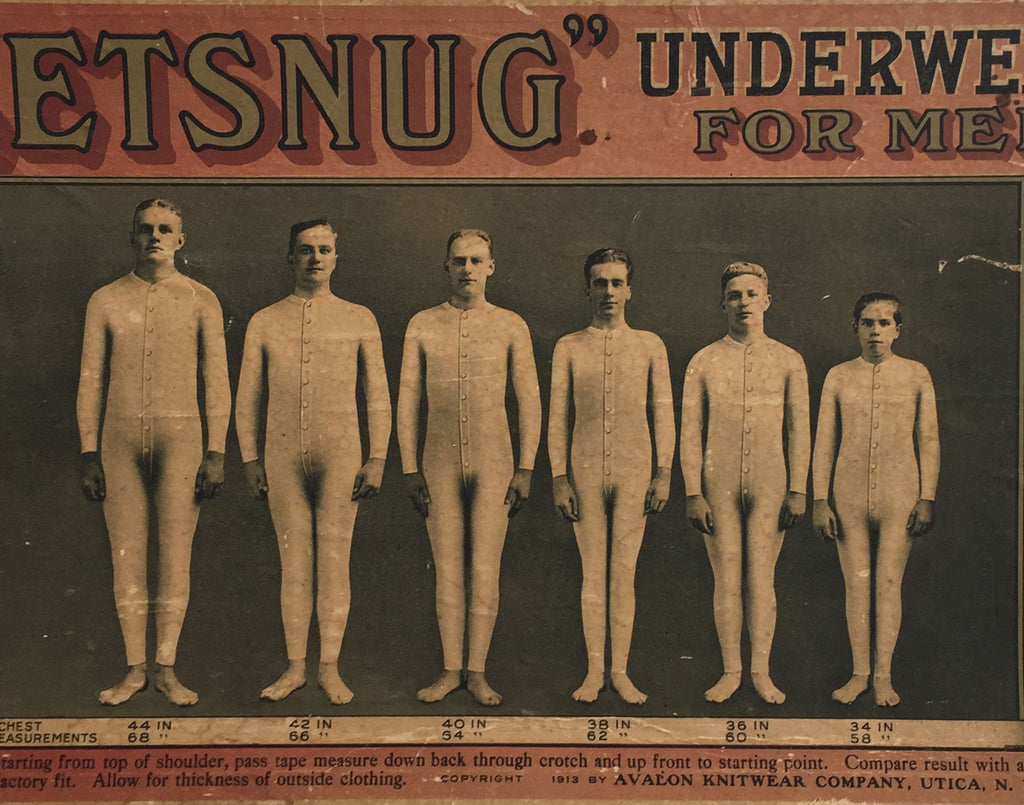November Photo of the Month: The Little Bodybuilder
Standing against a stark black background, he flexes his lats and rocks those fabulous zebra-stripe trunks. They grab your eye and point down, like one of those old neon arrow parking lot signs. Park Here ↳↳↳
It’s a powerful and vivid image, and deeply strange. How old is this guy? How big is he? Unable to see his face, without any external points of reference, we still somehow know this man-boy is diminutive.
How? What clues do we use to make sense of what we see? Is it the proportion of head to body? The sheen of his hair or the smoothness of his skin? Can we detect a hint of baby fat?
His posing (a “rear lat spread” in case you were wondering) is poised, but with elbows flared, the backs of his hands plastered against his hips and tiny fingers pointing down, isn’t it a bit, shall we say, gay?
Interesting provenance too. Dated May 3, 1954, and stamped: “From the Collection of Robert L. Jones.”
Jones was the star pupil of Professor P.H. Paulinetti, known as the greatest hand-balancer in the world. Jones mastered many of Paulinetti’s moves and was the first person to perform a “thumb-stand.”
4” x 5” silver gelatin print, gloss finish, fine condition.
Continue reading

















